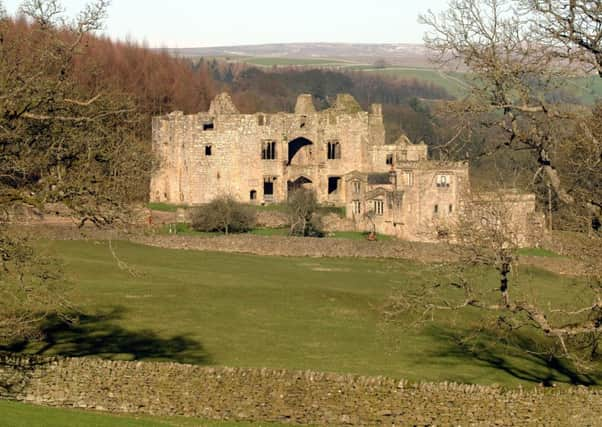Revealed: 10 of Yorkshire's best kept secrets that you may not have heard of


Barden Tower, Bolton Abbey estate
The tower is one of the six original hunting lodges for the Barden forest. In the 15th century, it was rebuilt as a residence for the ‘shepherd lord’, Henry Clifford. It was restored again by Lady Anne Clifford in 1659, but fell into disrepair in the late 18th century. Visitors can now wander around the ruins of the tower.
Cavendish Fountain, Bolton Abbey estate
This Grade II-listed drinking fountain was erected in 1886 as a memorial to Lord Frederick Cavendish, who was murdered by Irish nationalists.
Gascoigne Almshouses, Aberford, near Leeds
Advertisement
Hide AdAdvertisement
Hide AdThe Gascoigne Almshouses were designed by George Fowler Jones and built by two sisters, Mary Isabella and Elizabeth, in 1844 in memory of their father, Richard Oliver Gascoigne, and two brothers who died in quick succession. They are Grade II-listed.
Hole of Horcum, North York Moors
The Hole of Horcum is a section of the valley of the Levisham Beck, upstream of Levisham and Lockton, in the Tabular Hills. The hollow is 120m deep and approximately 1.2 km across. Local legend has it that the amphitheatre was formed when Wade the Giant scooped up a handful of earth to throw at his wife during an argument. The Hole was actually created by a process called spring-sapping, where water welling up from the hillside gradually undermined the slopes above, eating the rocks away grain by grain.
Levisham Station, North York Moors
One of the most beautifully preserved stations on the North York Moors Railway, the station has a Grade II-listed station clerk’s house and a camping coach.
Lowther Butts, near Pickering
A wild flower nature reserve that was once part of the Duchy of Lancaster estate.
Marrick Priory, Richmond
Advertisement
Hide AdAdvertisement
Hide AdMarrick Priory was a Benedictine nunnery established between 1140-1160 by Roger de Aske. In 1540 the prioress, Christabel Cowper, and her 16 nuns were evicted as part of the Dissolution of the Monasteries. The site was then leased by the crown to Sir John Uvedale (or Woodhall), who went on to purchase it in 1545 for £364. He sold it in 1592 to Sir Timothy Hutton of Marske, who resold it in 1633 to the Blackburns of Blackburn Hall. The church continued to be used as the place of worship for the local people until 1948, after which it was used as a farm building. In 1970 the church was converted, after some years of restoration, into an outdoor education and residential centre for young people.
North Bridge, Doncaster
An historic bridge that crossed the River Don and acted as the main entrance to the old town from York. It later carried the A1 over the East Coast Main Line, and since 2002 has been bypassed and closed to through traffic.
Sheffield City Hall
The Grade II-listed building was built in 1929 by the city corporation. Originally a civic building, it is now a popular concert venue. Damage caused by a WW2 bomb exploding nearby can still be seen on the pillars.
Whorlton Castle, near Thirsk
This ruined medieval castle is located near the abandoned village of Whorlton, between Thirk and Stokesley. It was built in the 12th century as a Norman motte and bailey castle. It fell into ruin in the 14th century. The shell of a gatehouse can be seen, and is privately owned, but the site can be visited by the public.